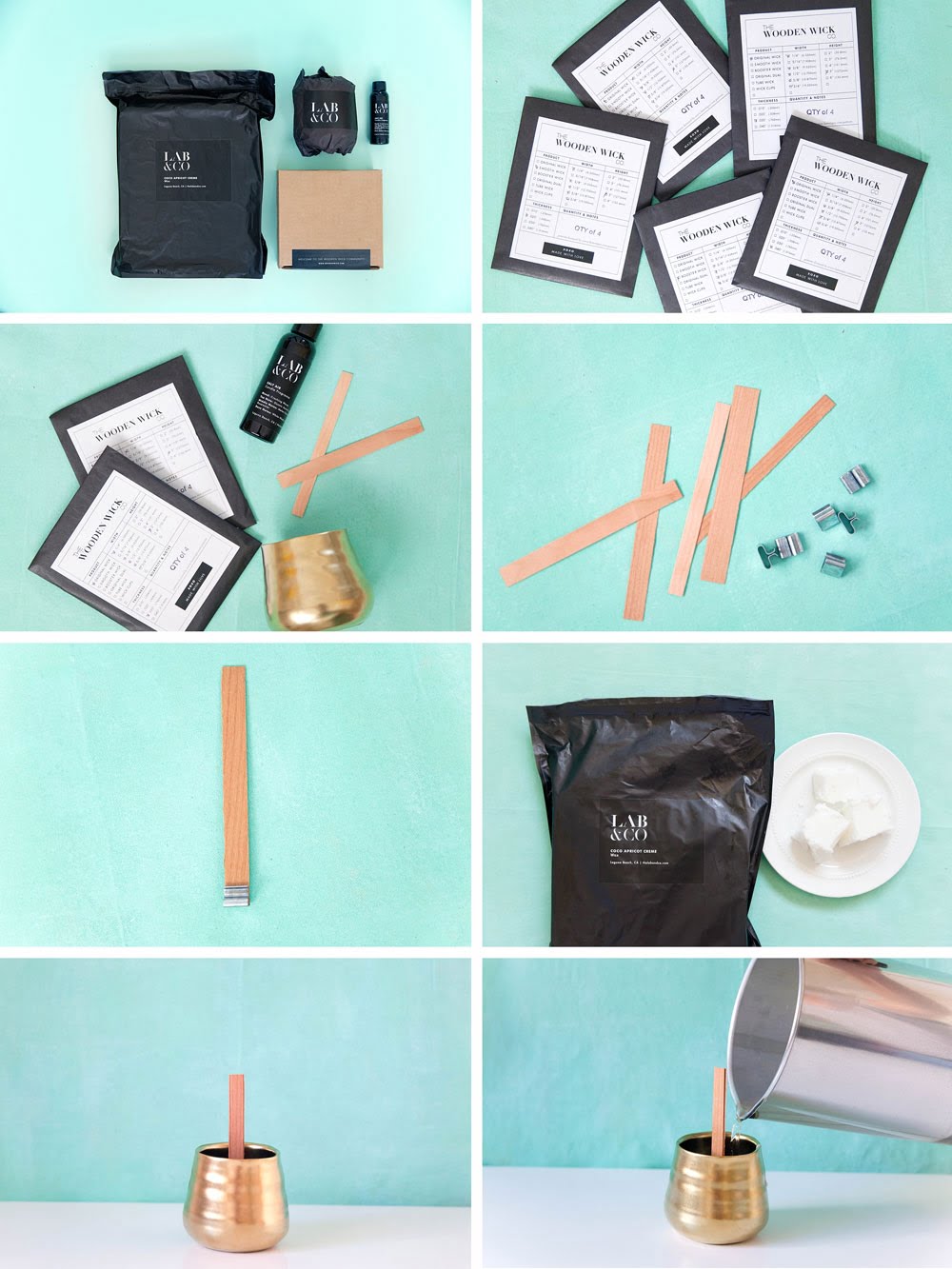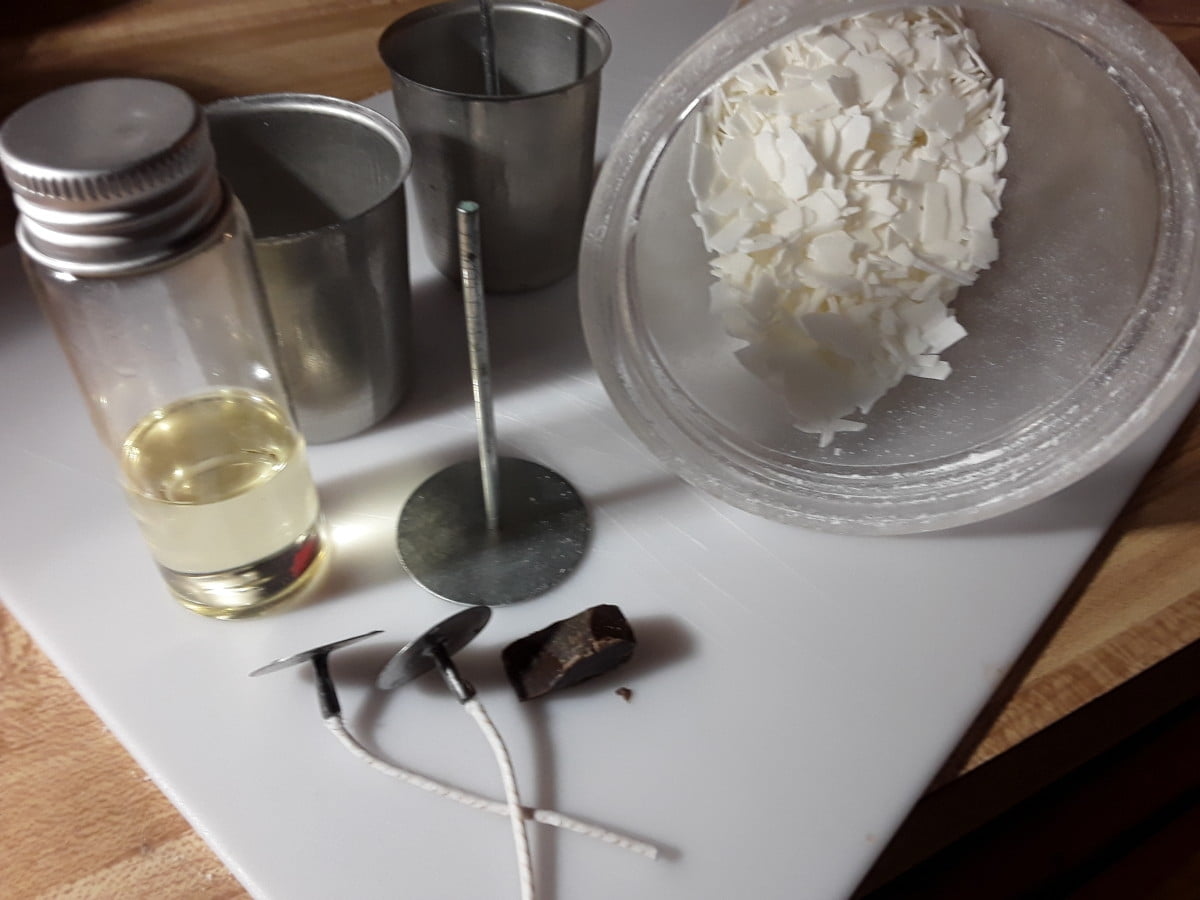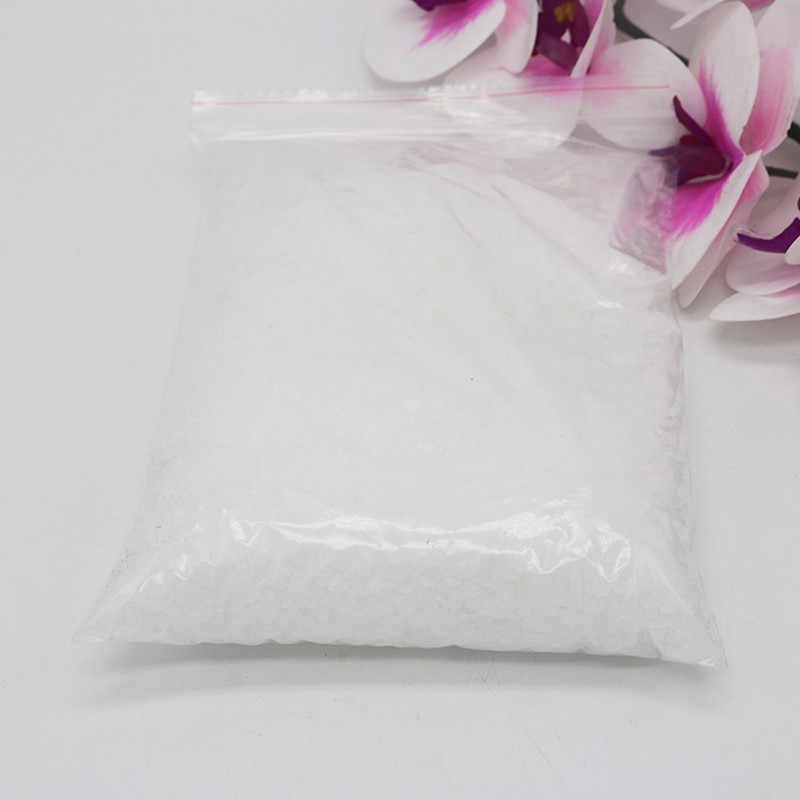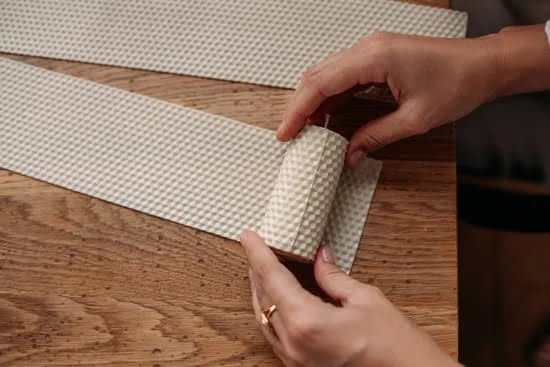Palm wax temperature candle making instructions are essential for anyone looking to create their own homemade candles. Palm wax has become a popular choice for candle making due to its natural, renewable, and environmentally friendly qualities. In this article, we will explore the process of creating palm wax candles at the correct temperature, from melting the wax to adding fragrance and color, pouring, and troubleshooting common issues.
Palm wax candle making is an enjoyable and rewarding craft that allows individuals to create unique and personalized candles for their homes or as gifts for friends and family. Whether you are new to candle making or an experienced crafter, understanding the proper temperature for working with palm wax is crucial for achieving the best results.
In the following sections, we will discuss the benefits of using palm wax for candle making, the equipment and supplies needed, step-by-step instructions for melting palm wax at the correct temperature, adding fragrance and color, pouring and cooling candles, as well as tips for troubleshooting common issues that may arise during the process. Let’s dive into the world of palm wax candle making and explore all that it has to offer.
Benefits of Using Palm Wax for Candle Making
Palm Wax Candle Making is a popular and enjoyable hobby for many people. Not only does it offer the satisfaction of creating something with your own hands, but it also allows you to customize the look and scent of your candles. When it comes to choosing the right wax for candle making, palm wax is a popular choice for many reasons.
- Eco-Friendly: Palm wax is derived from sustainable and renewable palm oil, making it an environmentally friendly option for candle making.
- Clean Burning: Candles made from palm wax produce very little soot, resulting in a cleaner burn and less air pollution compared to other types of candles.
- Beautiful Appearance: Palm wax has a unique crystalline structure that gives candles a beautiful and natural appearance, making them perfect for decorative purposes or as gifts.
- Excellent Scent Throw: Palm wax has excellent fragrance retention and throw, allowing you to enjoy a strong and long-lasting scent when burning your candles.
With these benefits in mind, it’s no surprise that palm wax has become a favorite choice among candle makers. However, to ensure that you get the best results when working with palm wax, it’s crucial to understand the importance of maintaining the correct temperature throughout the candle making process. By doing so, you can achieve optimal results and create high-quality handmade candles that you can be proud of.
Choosing the Right Temperature for Palm Wax Candle Making
Palm wax temperature is a critical factor in the candle making process. When it comes to palm wax candle making, it’s important to choose the right temperature to ensure that your candles turn out beautifully and burn evenly.
The temperature at which you melt palm wax, add fragrance and color, and pour the candles can all impact the quality of the finished product. In this section, we will explore the importance of choosing the right temperature for palm wax candle making and provide some helpful guidelines.
Why Temperature Matters
The temperature at which you work with palm wax can affect its appearance, texture, and performance as a finished candle. If the wax is not melted at the correct temperature, it can result in a rough or uneven surface on your candles.
Additionally, if fragrance oils or dyes are added at too high of a temperature, they may evaporate or discolor the wax. Similarly, pouring the wax into molds at an incorrect temperature can lead to cracking or frosting on your candles.
Recommended Temperatures for Palm Wax Candle Making
For melting palm wax, it is recommended to heat it to around 200-210 degrees Fahrenheit (93-99 degrees Celsius). This will ensure that the wax is fully melted without being overheated. When adding fragrance and color to your palm wax, it’s best to do so when the temperature has cooled slightly to around 185-195 degrees Fahrenheit (85-91 degrees Celsius).
Finally, when pouring the wax into molds or containers, aim for a pouring temperature of approximately 175-185 degrees Fahrenheit (79-85 degrees Celsius). Following these recommended temperatures will help you achieve professional-looking palm wax candles with excellent burn properties.
Equipment and Supplies Needed for Palm Wax Candle Making
When it comes to making palm wax candles, having the right equipment and supplies is essential to achieving the best results. Here are some of the key items you will need to get started:
Double Boiler or Melting Pot
Since palm wax needs to be melted at a specific temperature, a double boiler or melting pot is crucial for maintaining even heat distribution. This will prevent the wax from scorching or burning, which can affect the quality of your candles.
Thermometer
A reliable thermometer is necessary for monitoring the temperature of the palm wax as it melts. It’s important to ensure that the wax reaches the correct temperature for optimal results in terms of fragrance throw and burn time.
Palm Wax
Of course, you will need a good supply of high-quality palm wax for your candle making endeavors. Look for reputable suppliers who offer pure, clean-burning palm wax that is suitable for candle making.
Wick and Wick Holders
Selecting the right wick size and type is crucial for achieving proper burning in palm wax candles. Additionally, having wick holders or centering devices will help keep the wick centered while the candle cools and solidifies.
Fragrance Oils and Dyes
To add scent and color to your palm wax candles, you’ll need fragrance oils and dyes specifically designed for use in candle making. Be sure to follow recommended usage rates for each fragrance oil and dye to achieve optimal results without compromising burn quality.
By ensuring you have all of these essential equipment and supplies on hand, you’ll be well-prepared to start crafting beautiful palm wax candles at the correct temperature with ease and success.
Step-by-Step Instructions for Melting Palm Wax at the Correct Temperature
When it comes to making palm wax candles, melting the wax at the correct temperature is crucial for achieving the best results. Palm wax is known for its unique crystalline structure, so it’s important to follow specific instructions to ensure a smooth and even burn for your candles.
To begin, you’ll need to gather your supplies, including a double boiler or pouring pot, thermometer, and of course, your palm wax. It’s recommended to use a thermometer specifically designed for candle making to accurately monitor the temperature throughout the process.
Before you start melting the palm wax, make sure to chop it into small chunks or shavings. This will help it melt more evenly and prevent any clumping or uneven texture in your finished candles. Once you have everything prepared, you can begin the melting process.
It’s essential to melt palm wax at a low and steady temperature to avoid overheating and potentially damaging the wax. The ideal temperature range for melting palm wax is typically between 185-210°F (85-99°C).
You can achieve this by setting your double boiler or pouring pot over low heat and frequently monitoring the temperature with your thermometer. By patiently heating the palm wax within this recommended range, you’ll be on your way to creating high-quality candles with a smooth finish and clean burn.
Adding Fragrance and Color to Palm Wax Candles
When it comes to adding color to your palm wax candles, you can use liquid dye or dye chips that are specifically made for candle making. It’s important to carefully measure the amount of dye you use, as adding too much can affect the way the candle burns. Start by adding a small amount of dye and gradually increase until you achieve the desired color intensity.
Here are some tips for adding fragrance and color to your palm wax candles:
- Use a dedicated thermometer for measuring the temperature of the melted palm wax when adding fragrance and color.
- Add fragrance oil and dye at the recommended temperature specified by the manufacturer, as this will ensure proper binding with the wax.
- Stir the fragrance oil and dye into the melted wax gently but thoroughly, ensuring even distribution.
- Always test your colored and scented wax in a small sample before pouring it into your actual candle molds to make sure you’re happy with the results.
| Tips for Adding Fragrance & Color | Benefits |
|---|---|
| Use high-quality, specially formulated candle fragrances designed for palm wax | Customize candles according to your preferences |
| Carefully measure the amount of dye used | Ensure pleasant and long-lasting scent throw when burning |
| Add fragrance oil and dye at recommended temperatures | Create visually appealing candles |
Pouring and Cooling Palm Wax Candles
Once you have melted your palm wax at the correct temperature and added fragrance and color to your candles, it’s time to pour the mixture into your candle molds and allow them to cool. This is a crucial step in the palm wax candle making process because it determines the final appearance and quality of your candles.
When pouring the melted palm wax into the molds, make sure to do so slowly and steadily to avoid air bubbles from forming in the candles. It’s also important to leave some space at the top of the mold to allow for any shrinkage as the candles cool. Additionally, ensure that you have prepped your molds with wick pins or other appropriate tools to keep the wick centered as the wax cools.
As the palm wax candles cool, they will start to solidify from the outer edges inward. It’s essential to keep an eye on them during this process to prevent any cracking or uneven cooling. Once the candles have fully cooled and hardened, carefully remove them from the molds by gently tapping or twisting them out. Allow them to further air dry before trimming the wick and enjoying your beautifully crafted palm wax candles.
| Step | Idea |
|---|---|
| Pouring | Spraying cooling mist over mold |
| Cooling | Using a fan for quicker cooling |
Tips for Troubleshooting Common Issues With Palm Wax Candle Making
When it comes to palm wax candle making, there are a few common issues that can arise during the process. However, with the right tips and tricks, you can troubleshoot these problems and still end up with a beautiful finished product. Here are some tips for troubleshooting common issues with palm wax candle making:
1. Frosting: One common issue with palm wax candles is frosting, which appears as a white, powdery residue on the surface of the candle. To prevent this, try pouring the wax at a slightly higher temperature or cooling the candles at a lower temperature. You can also try using a heat gun to smooth out any frosting that does occur.
2. Sinking Wick: If you find that your wick is sinking into the palm wax as it cools, try placing a wick holder or chopsticks across the top of the container to keep the wick centered and upright while the wax sets. You can also try using a larger wick size to provide better stability.
3. Adhesion Issues: Sometimes palm wax candles may have trouble adhering to their containers, causing them to pull away from the sides as they cool. To prevent this issue, make sure your containers are clean and preheat them before pouring in the melted wax.
By following these troubleshooting tips, you can address common issues that may arise during your palm wax candle making process and ensure that your finished candles turn out just as you envisioned them. Remember that practice makes perfect, so don’t be discouraged if you encounter some setbacks along the way. With patience and perseverance, you’ll soon become an expert at creating beautiful palm wax candles.
Conclusion
In conclusion, making handmade palm wax candles can be a rewarding and enjoyable experience. By following the right temperature guidelines and using the proper equipment and supplies, you can create beautiful and unique candles that offer a range of benefits.
Palm wax is an excellent choice for candle making due to its environmentally friendly nature, clean burn, and ability to hold fragrances well. With the right techniques, you can create stunning candles that make perfect gifts or additions to your home decor.
It’s important to remember that choosing the correct temperature for melting palm wax is crucial in achieving the desired results. By carefully monitoring the temperature during the melting process, you can ensure that your candles turn out smooth, even, and visually appealing. Additionally, adding fragrance and color to your palm wax candles allows for endless creativity and personalization, giving you the opportunity to create truly unique pieces.
By following these instructions and taking advantage of troubleshooting tips when needed, you can produce high-quality palm wax candles every time. Whether you’re making them for yourself or as gifts for loved ones, the satisfaction of creating something beautiful with your own hands is truly unmatched. So go ahead, enjoy your handmade palm wax candles and marvel at their beauty.
Frequently Asked Questions
What Temperature Do You Pour Palm Wax Candles?
When pouring palm wax candles, it’s important to do so at the right temperature to ensure a smooth and even finish. The ideal pouring temperature for palm wax candles is around 200-205°F. This allows the wax to cool and set properly without causing any issues.
What Temperature Should Wax Be Melted in Candle Making?
In candle making, the temperature at which wax is melted plays a crucial role in the quality of the finished product. For most waxes, including paraffin and soy wax, the recommended melting temperature is between 160-180°F. This ensures that the wax melts evenly without being scorched or overheated.
Can You Use Palm Wax to Make Candles?
Palm wax can definitely be used to make candles. In fact, many candle makers prefer palm wax for its natural, renewable qualities and beautiful crystalline finish.
Palm wax also has a good scent throw and burns cleanly, making it a popular choice for both container and pillar candles. With proper melting and pouring techniques, palm wax can yield high-quality candles with unique aesthetic appeal.

Welcome to my candle making blog! In this blog, I will be sharing my tips and tricks for making candles. I will also be sharing some of my favorite recipes.





